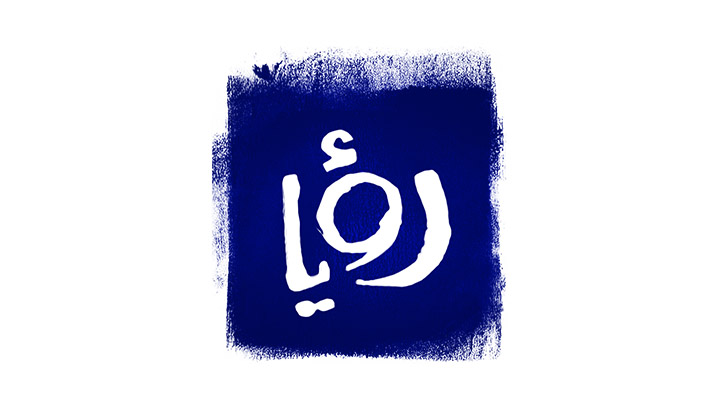British Nakba study identifies possible mass grave locations
Published: 2023-05-26 14:33
Last Updated: 2025-02-25 10:32

A recent investigation has identified three potential mass graves beneath a modern beach resort in a Palestinian village destroyed by Israeli Occupation Forces (IOF) during the 1948 Nakba, as reported by The Guardian.
The village of Tantura was a fishing village near the city of Haifa, home to around 1,500 residents.
Palestinian survivors and historians say that the men in the village were executed after surrendering to the Alexandroni Brigade, and their bodies were dumped in a mass grave believed to be under a current car park at Dor Beach.
The number of victims has been estimated to stand between 40 and 200 individuals.
In recent years, supporting evidence related to the Tantura massacre has caused controversy and discussions of the atrocities committed by the IOF in 1948 have been increasing on a global level.
A related Hebrew documentary faced significant backlash after its release last year.
The investigation, conducted by Forensic Architecture, a research agency based at Goldsmiths, University of London, utilized cartographic data, aerial photos, archival materials, eyewitness testimonies, and IOF records.
After this, 3D models were created and identified, three possible sites of executions and mass graves, as well as the boundaries of pre-existing cemeteries.
The report commissioned by Adalah, a Palestinian human rights group focused on legal issues, presents the most comprehensive research to date, identifying a second mass grave site in Tantura and two additional possible locations.
Based on the findings, Adalah filed a unique legal petition in the Israeli Occupation on behalf of several Tantura families who still reside there, requesting the demarcation of the sites.
Adalah argues that the families' rights to visit the sites and provide a dignified burial have been violated under both local and international law.
They hope that the petition will facilitate access to the sites, rather than being a matter of the Israeli Occupation courts deciding whether the mass graves exist or not.
The previously identified mass grave in Tantura was described as being in an open field near prickly pear bushes and three trees. It is now believed to be situated beneath the car park, although no excavation has been conducted.
The second potential gravesite, located in an orchard near the former village square, bears similarities to the first and is also believed to be under a car park.
Aerial photographs show that both sites appear to have long, thin earth features measuring approximately three meters by 30 meters, oriented along an east-west axis and positioned at the northern boundary of an open field.
One of the possible execution sites is believed to have been a courtyard behind the Haj Yahya family house. Human bones were reportedly discovered at the location years later, leading researchers to suspect the presence of a mass grave.
Adnan Al Yahya (92), who was 17 when Tantura was taken by the IOF, testified in several academic and journalistic publications.
Yahya recalled how he and a friend were forced to dig a grave by the IOF and dispose of bodies.
The Tantura families' committee and Adalah hope that the Forensic Architecture investigation will stimulate further inquiries into the events of the Nakba.
Notably, Forensic Architecture plans to conduct a series of visual investigations into reported massacres related to the Nakba following the Tantura project.

